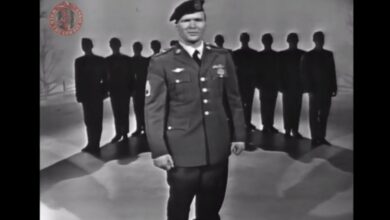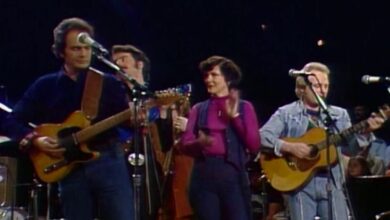Veteran Music Lovers Energized by Procol Harum’s Iconic Classics
Procol Harum rose to prominence in the late 1960s, establishing themselves as a distinctive presence in the rock music landscape by fusing rock with classical and avant-garde elements. Their music resonated with the era’s emerging counterculture, which embraced deep themes and musical experimentation. Unlike many of their contemporaries, the band set out to push the boundaries of rock music, infusing it with an unprecedented sophistication. This ambition positioned Procol Harum not simply as a band but as innovators, carving new paths for artistic expression in the realm of popular music.
The lyrics crafted by Keith Reid provided a vital complement to Gary Brooker’s melodic creations. Reid’s writing often explored existential themes, weaving a rich tapestry of imagery that encourages diverse interpretations. For instance, “A Whiter Shade of Pale” is frequently regarded as a meditation on lost love and nostalgia, yet its lyrics also invite personal reflection, allowing listeners to derive their own meanings from its evocative lines. This multifaceted approach to songwriting has helped Procol Harum’s music endure, as each new generation discovers their own interpretations within the band’s oeuvre.
Additionally, Procol Harum demonstrated impressive technical skill through their instrumentation and arrangements. Their early work included elements such as classical motifs and intricate time signatures, often associated with progressive rock. This unique blend enabled them to appeal to both rock fans and classical music lovers. The prominent use of the Hammond organ became a signature of their sound, its rich tones adding an ethereal quality to songs that frequently delve into introspection and surrealism.
Throughout their career, Procol Harum embraced experimentation, both in their musical compositions and in their collaborations. Their openness to working with various composers and orchestras expanded their sonic palette. A notable example was their collaboration with the Danish National Concert Orchestra in 2006, which highlighted their desire to continuously redefine their music. This concert, later released as a live album, illustrated the emotional depth that orchestral arrangements could bring to rock music, enriching the listener’s experience.
Live performances have always been a key element of Procol Harum’s artistry. Gary Brooker’s engaging stage presence, combined with the band’s musicianship, has enthralled audiences worldwide. The intricate nature of their studio recordings translates beautifully to live shows, where the musicians’ energy synchronizes with the audience’s emotional responses. This interplay is central to their concerts, with moments of improvisation fostering a deeper connection with fans.
As time progressed, Procol Harum faced challenges typical for enduring musical entities, including changes in public taste and internal dynamics. Nonetheless, the core elements of their music—Brooker’s emotive piano work and Reid’s poignant lyrics—remained intact. Their steadfast commitment to their artistic vision enabled them to maintain a loyal following while also attracting new listeners who discovered their music through film soundtracks, cover songs, and classic rock radio.
Gary Brooker’s leadership has been crucial, not only for Procol Harum but also within the broader music community. His friendships and collaborations with various artists reflect his generosity and open-mindedness, qualities that have endeared him to peers and fans alike. Over the years, he has engaged in multiple projects, selflessly contributing to the community while enhancing the rich tapestry of rock music.
Procol Harum’s discography showcases their artistic explorations across various albums. From the adventurous spirit of “A Salty Dog” to the intricate arrangements found in “Broken Barricades,” their albums consistently demonstrate a dedication to creativity. Each release marks their evolution, characterized by a willingness to take musical risks. This openness to experimentation highlights their respect for the rock genre and the myriad influences that enriched their sound.
As they navigate through the years, Procol Harum embodies music’s capacity to reflect societal shifts and emotions. Their enduring appeal arises from both their innovative sound and the profound emotional currents that infuse their songs. In a world where music often fades into the background, Procol Harum’s creations invite active engagement, encouraging listeners to reflect on their own experiences.
In summary, Procol Harum’s legacy is intricate and significant, born from their ambition to merge diverse musical influences while expressing deep emotions. Their ability to reinvent themselves, collaborate with orchestras, and deeply engage with audiences reflects a larger narrative about the evolution of rock music. As contemporary artists draw inspiration from their pioneering approach, Procol Harum will undoubtedly be remembered not only for their iconic hits but also for their adventurous spirit that redefined the musical landscape. The enduring relevance of their work serves as a powerful reminder of art’s timeless nature and its ability to connect us across generations.





